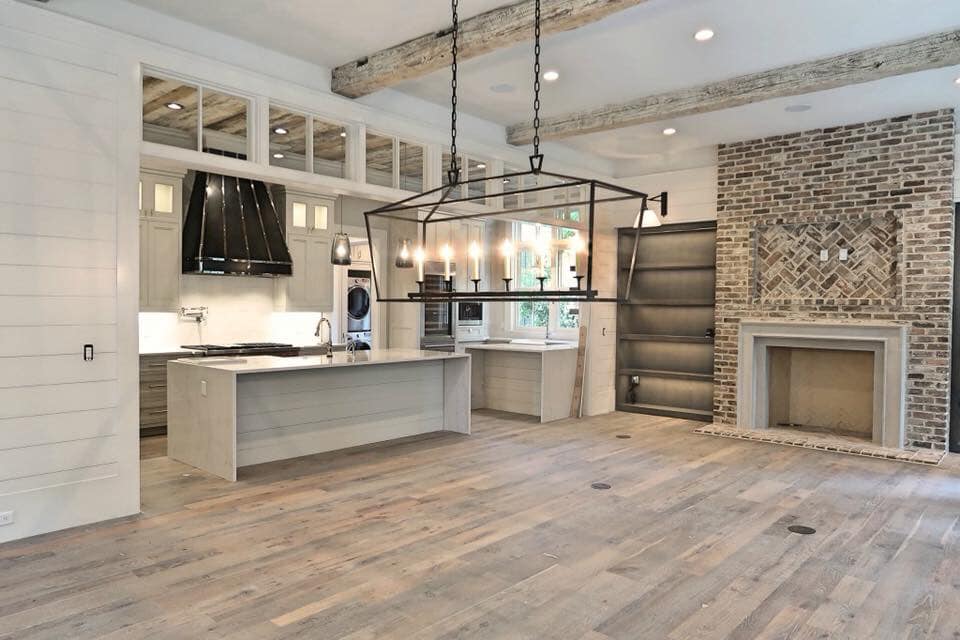Tools Needed
The first thing you need to do is gather all the tools and things you need for this small but important job.

You do not want to keep rushing to and from the local supplies store to get items one after the other. Gathering all the tools and items you need for this job will help you do it efficiently and even faster. You will need stainless steel polish for finishing, sandpaper for deeper grits, and non-abrasive commercial cleanser liquid or powder. You will also need two clean soft microfiber pieces of cloth. Using rough cloths will only make the scratches even worse. It is recommended that you first try some of the cleanser liquids on a small patch and see how it works for you before applying it to the rest of the panel.
Clean the Range Hood
Before you begin any work, you want to make sure your range hood is clean. The cleaning is aimed at removing any grease, food spills, and dirt off the surface of the range hood. With grease on the surface, getting rid of the scratches will be almost impossible. Use a soft microfiber piece of cloth and white vinegar or lemon water to wipe off the dirt. Alternatively, you can use warm soapy water.
Dealing with Fine Scratches
Using a spray bottle, sprinkle some bits of non-abrasive cleanser on the scratched surface of the range hood. Then use the soft microfiber piece of cloth to spread the liquid evenly on the surface. Scrub the cleaner back and forth, in line with the direction of the grain and not any other way. Then use a dampened piece of cloth to wipe the cleanser off the surface of the range hood. If the scratches are still there, repeat the process. If they are gone, apply some olive, corn oil or any other vegetable oil and scrub it over the scratched surface. Then use a different dry microfiber cloth and you are good to go. Most stainless steel appliances come with their specific liquid cleansers and they are readily available from the local supplies stores.
Deeper Scratches
Using a wet piece of microfiber cloth, wet the scratched surface of the range hood. Then use wet sandpaper to scrub the surface in the direction of the grain only. If the scratches are even deeper, use a coarser grit sandpaper to do the job. Then use a wet cloth to wipe metal dust off the newly cleaned surface of the range hood. Apply some vegetable oil and use the soft microfiber piece of cloth to spread it over the surface.
Dos and Don’ts When Getting Rid of Scratches from a Range Hood
Ensure to scrub the cleanser liquids in the direction of the grain and not any other way. Doing otherwise would only make the scratches even worse. With deep scratches, sand the scratched surface of the range hood in the direction of the grain only. Never scrub back and forth the surface because doing so would cause even more scratches. The grains are easy to notice, they are visible on the surface. Ensure to check if the surface of the range hood has a protective coat or not. This is because you cannot clear scratches on a coated surface.
Bearing in mind the cost of a new range hood, replacing one is not an option when the only problem is scratches. Since you cannot live with a scratched range hood surface looking messy, it is good to deal with scratches when you spot them. With the above easy steps, you can now make your range hood clean and sparkle just like it was when you first bought it. However, if you know that you are not a handy person, it is always advisable to consult your manufacturer for help.
